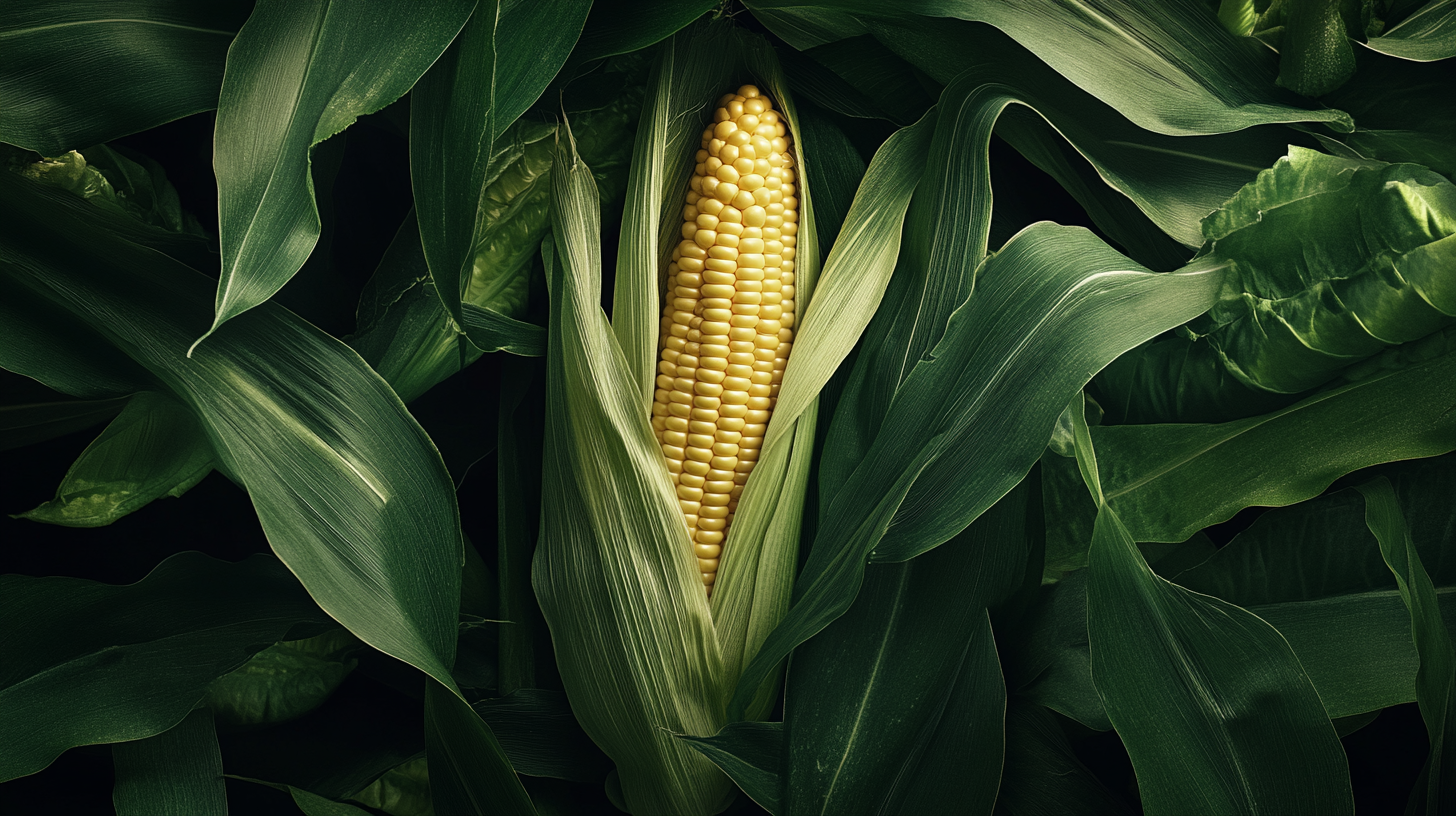News and Articles
Articles

Rice is one of the most versatile and essential ingredients found in global cuisine. With numerous varieties that each bring unique flavors and textures, understanding the different types of rice can elevate your cooking from ordinary to extraordinary. Whether you're preparing an Indian biryani or an Italian risotto, choosing the right rice variety is key. In this article, we explore the unique characteristics of basmati rice, jasmine rice, and arborio rice, and provide tips for cooking with each type. How Different Rice Varieties Impact Dishes

Corn, also known as maize, is one of the most widely grown crops in the world. It has been a vital food source for thousands of years and continues to be essential today, not just as a staple in global cuisines but also in various industrial and sustainable practices. From ancient civilizations to modern agriculture, corn’s versatility extends beyond the dinner plate, making it a crop that fuels the future. Let’s explore corn’s rich history, its global culinary role, the many ways it’s used, and how it’s shaping a sustainable future. The History of Corn: From Ancient Times to Modern Agriculture Corn originated in Mesoamerica, where it was first cultivated by the Aztecs and Mayans over 9,000 years ago. These early civilizations relied heavily on corn as a staple food, using it to create tortillas, tamales, and other dishes that remain popular today. Corn held both cultural and religious significance, often seen as a gift from the gods.

Rice is more than just a staple food; it’s a symbol of heritage, sustenance, and culture that spans centuries. Across the globe, rice has played a central role in shaping diets, economies, and traditions. From the ancient fields of Asia to modern cuisines around the world, rice has remained a versatile and essential crop. In this article, we’ll explore the rich history, cultural significance, and global impact of rice, diving deep into its varieties, nutritional benefits, and its critical role in feeding billions. The History of Rice in Different Cultures The history of rice dates back over 9,000 years to the fertile lands of China. Evidence suggests that rice cultivation began along the Yangtze River, making it one of the oldest staple crops in human history. From China, rice farming spread to the rest of Asia, including India, Japan, and Southeast Asia, becoming a vital part of both cultural and religious practice. In the 7th century, rice traveled westward through trade routes, reaching Persia and, eventually, Europe. Each culture developed its own unique methods for cultivating and cooking with rice, embedding it into daily rituals and celebrations. For example, in Japan, rice (or “gohan”) is synonymous with the word for meal, symbolizing its integral role in the country's cuisine. In ancient India, rice was not only a food staple but also revered in religious ceremonies, symbolizing fertility and prosperity. Meanwhile, rice’s migration into Africa gave rise to various native dishes, blending with local grains to create recipes that are still popular today. This long and varied history highlights rice's global journey and its adaptability across climates and cultures.
News

